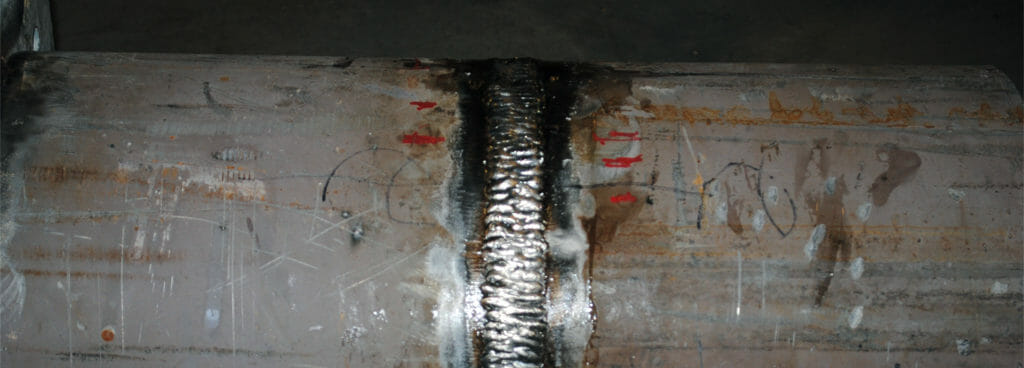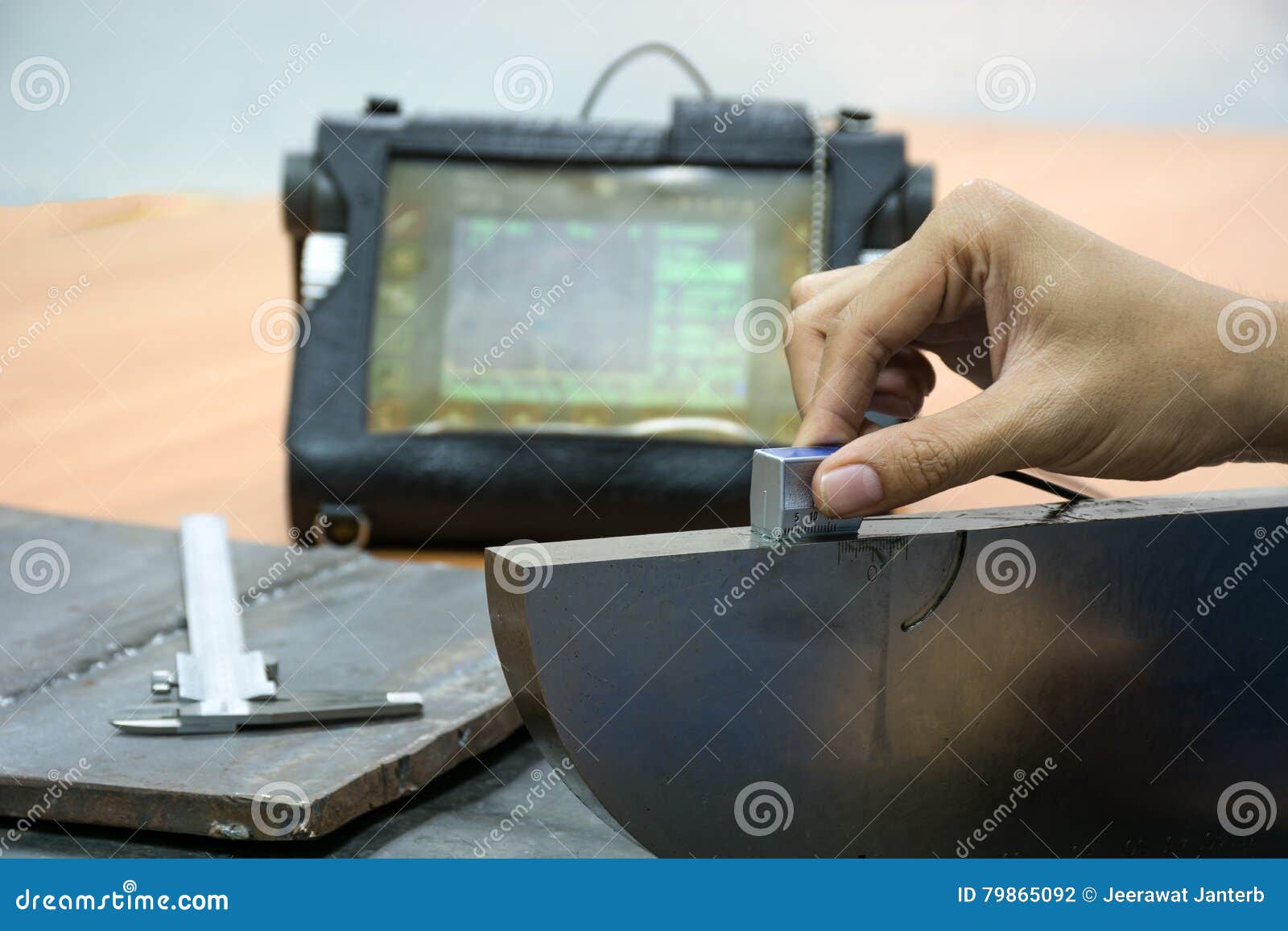How Welding Inspection Madison Makes Certain Quality and Safety And Security in Fabrication
How Welding Inspection Madison Makes Certain Quality and Safety And Security in Fabrication
Blog Article
Comprehending the Principles of Welding Inspection to Ensure Top Quality and Security
In the realm of contemporary design, welding evaluation stands as a keystone for making sure both the high quality and security of structural developments. The procedure includes a thorough analysis of welded joints, employing sophisticated methods such as radiographic and ultrasonic testing to detect covert flaws. The competence of licensed examiners is essential, as they connect the gap in between academic standards and functional application. Their function prolongs beyond simple detection, incorporating the documentation and communication of searchings for to pertinent stakeholders. What are the nuances of these inspection methods that make them important for preserving architectural honesty?

Relevance of Welding Assessment
In the world of commercial fabrication, the importance of welding inspection can not be overstated. Welding inspection plays a critical duty in guaranteeing the integrity, safety and security, and durability of bonded structures (Welding Inspection Madison).
The procedure of welding inherently includes intricate variables, including temperature level, product homes, and ecological problems, all of which can affect the quality of the weld. A thorough assessment recognizes problems such as fractures, porosity, and insufficient combination, which can jeopardize the toughness and integrity of the weld. By detecting these concerns early, restorative actions can be taken, thereby reducing the risk of failure and connected prices.
Furthermore, welding examination contributes to regulative conformity, as several industries are controlled by stringent safety criteria and guidelines. Failure to abide by these regulations can cause economic penalties and lawful obligations. Inevitably, welding assessment not just safeguards physical frameworks but also secures human lives and supports sector online reputations.

Secret Welding Examination Techniques
Although welding examination is essential to making certain the quality and safety and security of welded frameworks, it is the details approaches utilized that identify the effectiveness of the inspection procedure. Secret welding evaluation approaches can be extensively categorized right into non-destructive screening (NDT) and devastating screening. Non-destructive testing methods such as aesthetic assessment, ultrasonic testing, radiographic testing, magnetic bit screening, and liquid penetrant testing are largely utilized to evaluate the properties of a weld without causing damage. Aesthetic inspection is usually the initial step, entailing an extensive evaluation of the weld's surface for problems like fractures or porosity.
Radiographic and ultrasonic testing are advanced strategies that enable assessors to examine the inner integrity of the weld. Ultrasonic screening uses high-frequency sound waves to spot gaps, while radiographic screening uses X-rays or gamma rays to produce a picture of the weld's interior. Magnetic fragment testing and fluid penetrant testing are surface assessment techniques utilized to situate surface area and near-surface imperfections. In comparison, devastating screening methods entail literally cutting the weld or damaging to assess its mechanical residential or commercial properties. These detailed examination methods guarantee that welds meet sector standards and safety and security needs, thereby guaranteeing structural honesty and efficiency.
Duty of Qualified Inspectors
Licensed assessors play a crucial role in the welding examination procedure, guaranteeing that all welds comply with rigid sector criteria and safety and security guidelines. Their experience is necessary in recognizing issues or irregularities that might endanger the structural integrity of a weld. By meticulously analyzing each weld, certified inspectors help protect against prospective failings that can cause dangerous accidents or pricey repair work.
To end up being qualified, assessors need to undertake extensive training and screening, which familiarizes them with different welding methods, products, and testing techniques. This comprehensive knowledge allows them to assess weld high quality effectively and make notified judgments concerning their safety and dependability. Qualified inspectors are efficient in translating specifications and blueprints, ensuring that the welding work straightens with the job's style demands.
An important component of their role is to record their searchings you can try these out for completely, giving a thorough document of the assessment procedure. Their payment is essential in preserving high levels of quality and security in welding operations.

Devices Utilized in Welding Assessment
Welding assessors depend on a selection of specialized devices to perform their responsibilities successfully, ensuring each weld satisfies the required criteria. Among these tools, visual evaluation help like amplifying glasses and mirrors are fundamental, allowing inspectors to very closely take a look at welds for surface defects such as splits, porosity, and undercut. Calipers and fillet weld YOURURL.com gauges are vital for gauging weld measurements to validate conformity with design requirements.
Advanced tools extend beyond visual help, including non-destructive testing (NDT) equipment. Ultrasonic testing gadgets are pivotal in finding subsurface flaws, utilizing acoustic waves to reveal interior suspensions without compromising the weld's honesty. Radiographic screening uses X-rays or gamma rays to capture images of a weld's interior, highlighting prospective issues.
Magnetic fragment testing is one more critical device, specifically for spotting surface area and near-surface stoppages in ferromagnetic products. By using magnetic areas and ferrous bits, examiners can recognize imperfections that may otherwise be unnoticeable.
Dye penetrant examination is usually utilized for non-ferrous products, giving a contrast-enhanced aesthetic look for surface-breaking flaws. Welding Inspection Madison. Together, these devices allow welding assessors to adequately assess weld quality, making sure safety and security and dependability in numerous applications across sectors
Making Certain Structural Stability

Welding treatments should stick to well-known standards and codes, such as those defined by the American Welding Society (AWS) or the International Company for Standardization (ISO) These standards guarantee that the welds can withstand ecological aspects and functional stresses. Qualified and accredited welders wikipedia reference play a critical role in this process, as their experience ensures that methods are applied properly, reducing flaws such as cracks, porosity, and insufficient fusion.
Post-weld evaluation is one more necessary component of verifying architectural stability. Non-destructive testing (NDT) methods, consisting of ultrasonic screening and radiographic screening, are used to find subsurface problems without compromising the welded framework. These evaluations validate that the welds fulfill the required top quality criteria, providing guarantee of their longevity and dependability. Inevitably, making certain structural stability in welding not only safeguards human lives however likewise safeguards investments and enhances the long life of crafted frameworks.
Final Thought
The basics of welding examination are vital for keeping the top quality and security of welded structures. The usage of specialized tools further enhances the evaluation procedure, eventually safeguarding human lives and extending the life-span of bonded building and constructions.
Welding evaluation plays a critical function in making certain the honesty, security, and durability of bonded frameworks.Although welding assessment is important to ensuring the quality and safety of welded frameworks, it is the specific techniques used that figure out the efficiency of the assessment process. Key welding evaluation techniques can be extensively categorized right into non-destructive testing (NDT) and harmful testing.Qualified inspectors play an essential duty in the welding evaluation procedure, making sure that all welds conform with strict market standards and safety laws.The basics of welding assessment are important for preserving the high quality and safety of bonded structures.
Report this page